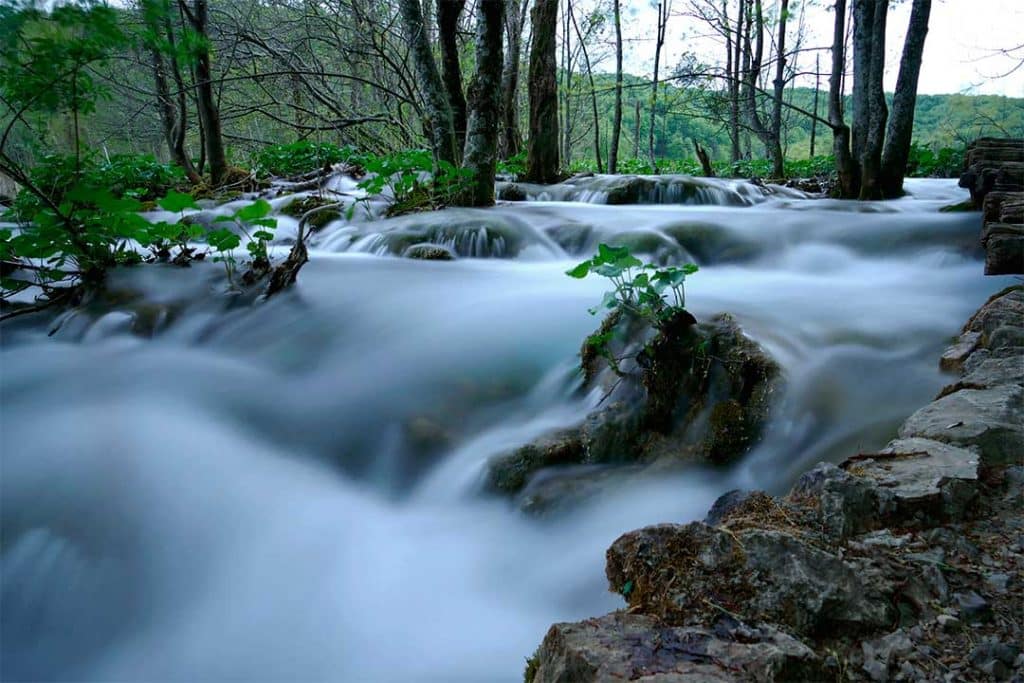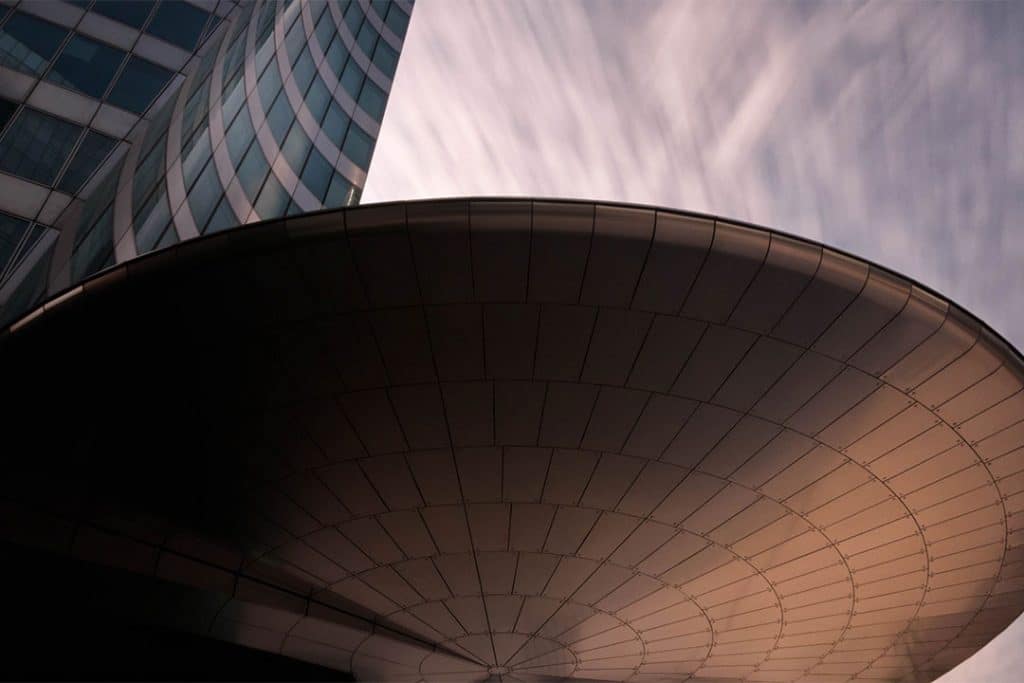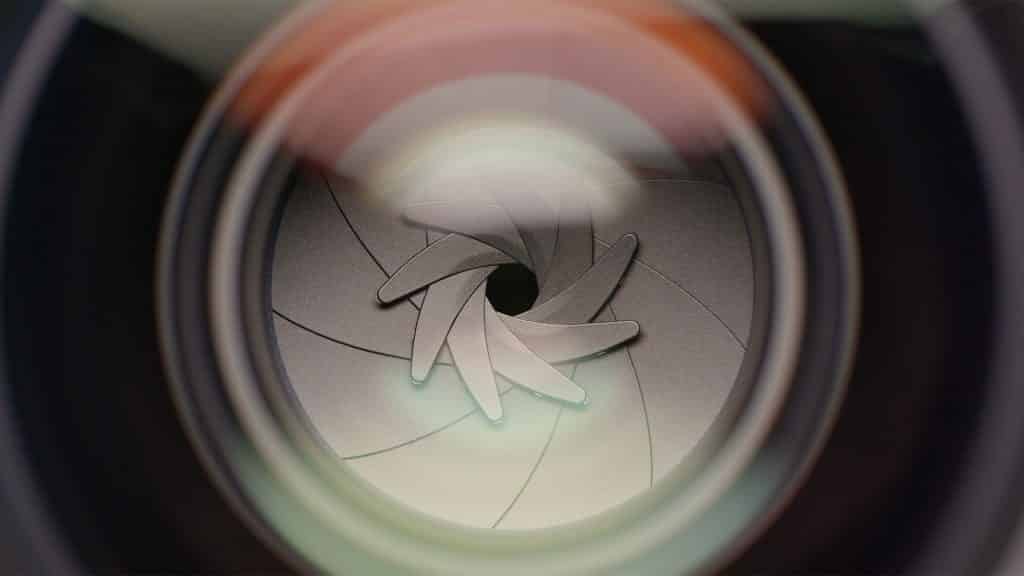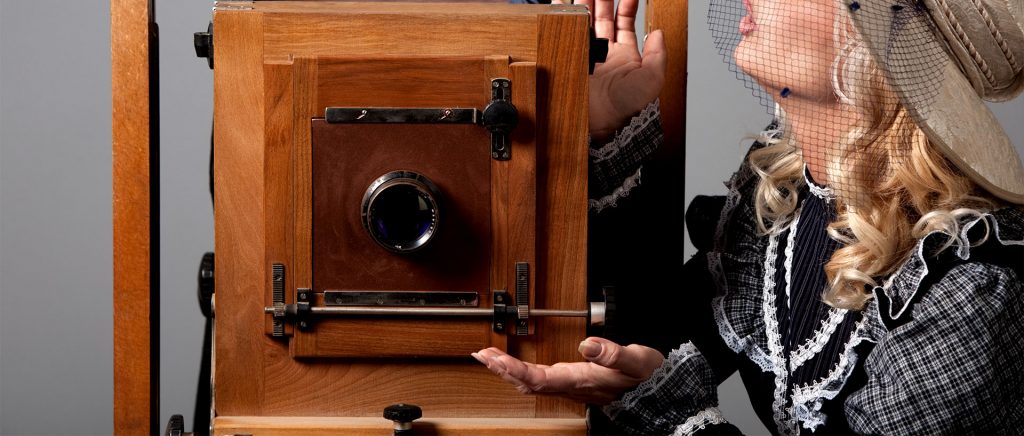An ND filter is a camera accessory that helps reduce the amount of light that enters the lens. This can be useful in various situations, such as when photographing landscapes on a bright day or when using a slow shutter speed to capture motion.
ND filters are available in a wide variety of strengths, and can be used alone or combined to produce the desired effect. When choosing an ND filter, it is important to consider the lens size, aperture, and shutter speed.
With a bit of experimentation, ND filters can help you open up new possibilities for creative photography.
How does an ND filter work?
A neutral density filter is a type of filter that absorbs light without changing its color. These filters are usually made of glass or plastic and can be square or rectangular.
Neutral density filters are used in various photographic applications, such as blocking excess light when taking photographs with a slow shutter speed or a large aperture.
They can also be used to create a longer exposure time, which can produce unique effects, such as blurring moving objects or making static objects appear to have light streaks.
In addition, neutral density filters can be used to reduce the overall brightness of an image, allowing for more creative control during the editing process.
Types of neutral density filters
There are three main types of neutral density filters: solid, graduated, and variable.
- Solid ND filters have a uniform color and density, and provide an overall reduction of light.
- Graduated ND filters have a gradient of density, with the darkest area at the edge of the filter. This allows creative control over which parts of the image are affected by the filter.
- Variable ND filters have an adjustable density, allowing the photographer to choose the amount of light reduction they desire.
Each type of ND filter has its own advantages and disadvantages, and the best choice for any situation depends on the desired outcome.

Ranges of ND filter densities
ND filters come in a range of densities, each with its own purpose. Lower density ND filters are typically used to reduce the amount of light entering the lens, which can be useful when shooting in bright conditions.
Higher density ND filters are capable of reducing light to a greater degree, making them ideal for use in bright situations or for creating long exposure effects.
The highest density ND filters can completely block incoming light, which can be useful to protect the camera’s sensor from potential damage. Whatever the situation, there is an ND filter that can help achieve the perfect exposure.
ND filters come in a range of densities, from 1 stop up to 10 stops. The most common ND filters are the 3 and 6 stop filters. A 3 stop filter reduces the amount of light entering the camera by 1/8, while a 6 stop filter reduces the amount of light by 1/64.
The higher the filter’s density, the greater the reduction of light. ND filters are used to achieve various effects, from reducing the brightness of sunlight to lengthening exposure times for night photography.
By stopping down the aperture or using a slower shutter speed, ND filters provide photographers with greater control over their images.
Why use neutral density filters in your photography?
Neutral density filters are a very popular photography accessory, especially among landscape photographers.
Neutral density filters are placed in front of the lens and are used to reduce the amount of light that enters the camera sensor. This allows the photographer to control the brightness and contrast of the image, resulting in a more dramatic picture.
Neutral density filters can also be used to create special effects, like reducing the motion of the clouds or opening up the sky. If you’re looking for a way to enhance your photography, you should definitely consider using neutral density filters!
Using ND filters in landscape photography
ND filters are a type of filter that is placed in front of the camera lens to reduce the amount of light that enters it. This allows for longer exposure times, which can lead to some interesting effects. For example, ND filters can be used to capture the movement of clouds or water, as well as to create a reduced depth of field.
Landscape photographers often use ND filters to capture the beauty of sunrise and sunset, when the light is softer and there’s less contrast. These filters can also be used to reduce the brightness of the sun in the picture, ensuring that the landscape looks natural and isn’t overexposed.
If you’re interested in trying out ND filters in your own photography, it’s important that you choose the right one for your needs. ND filters come in a variety of densities, so make sure you select one that will allow you to achieve the desired effect.

Using ND filters in night photography
Night photography can be a challenge even for the most experienced photographers. Without the right equipment, it can be difficult to capture the night sky in all its splendor.
One way to overcome this challenge is to use an ND filter. ND filters are designed to reduce the amount of light that enters the camera, allowing for longer exposure times.
This can be particularly useful when photographing stars, as it allows the photographer to capture the faintest details. In addition, ND filters can also be used to create other effects, such as blurring moving objects or creating a “light trail” effect.
With a little practice, night photography can be a truly rewarding experience. And with an ND filter in your toolkit, you’ll be on your way to capturing some stunning night skies.

Using neutral density filters in portrait photography
In portrait photography, one of the challenges is dealing with the strong contrasts between the light and dark areas of the image. This is where neutral density filters can be extremely useful.
By reducing the amount of light that enters the camera, they allow you to control exposure without affecting the overall brightness of the image. This can be particularly helpful when shooting in bright conditions or when attempting to capture a reduced depth of field. Moreover, using a neutral density filter can help to reduce glare and reflections.
In many cases, this allows you to capture details that would otherwise be lost in the shadows. For this reason, they are an essential tool for any portrait photographer.

Using neutral density filters in urban photography
With the rise of urban photography, more and more photographers are experimenting with neutral density filters to help create interesting effects. Neutral density filters are designed to reduce the amount of light that passes through the lens, without affecting color balance.
This can allow for longer exposure times, which can blur moving subjects or create a dreamy and ethereal look. In addition, neutral density filters can also be used to reduce the contrast between bright and dark areas, helping to balance the exposure.
When used in urban photography, neutral density filters can help to create unique and spectacular images.

ND Filters in architectural photography
ND filters are a type of filter that is used in architectural photography. They are used to reduce the amount of light that enters the camera, which allows for a longer exposure time.
This is important in architectural photography because it allows you to capture the details of the building more clearly. ND filters are available in different sizes, and the size you use will depend on how much light you need to reduce.
For example, an ND10 filter will reduce the amount of light ten times, while an ND100 filter will reduce the light one hundred times. When choosing an ND filter, it’s important to consider the exposure time you need and the amount of light there will be.

How to use an ND filter?
To use an ND filter, simply screw it onto the front of the lens. Once it’s in place, you can adjust the aperture or shutter speed to compensate for the light reduction.
Keep in mind that ND filters can cause vignetting, especially at wider apertures. For this reason, it’s often better to use a lower density filter and increase the ISO if necessary.
With a bit of practice, ND filters can help you capture some impressive images.
Disadvantages of neutral density filters
ND filters can also have some disadvantages. One of them is that they can make it difficult for the camera to focus. As less light enters the lens, the autofocus system might struggle to find a focus point.
In addition, ND filters can cause vignetting, or darkening, at the edges of the frame. This happens because less light reaches the corners of the lens.
Lastly, ND filters can also introduce a color tint, causing the photos to appear slightly blue or green. For this reason, ND filters should be used with care to avoid these potential issues.








